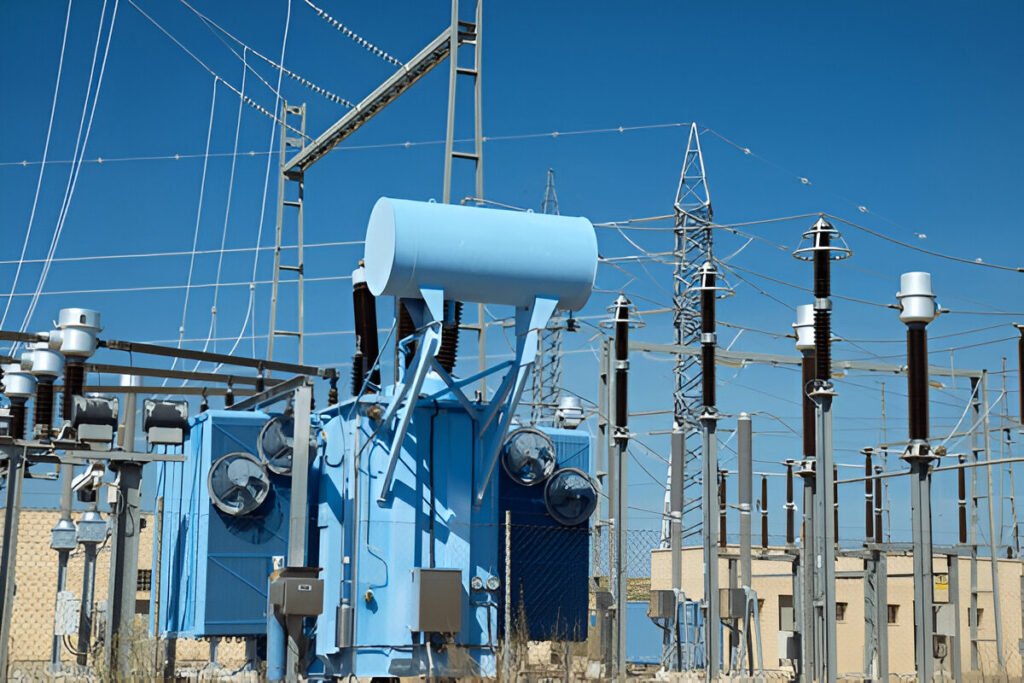Transformers are vital to modern infrastructure, supporting everything from local power distribution to large-scale industrial operations. But if you’re in the market to buy transformers or are a seller trying to keep up with the market, you’ve likely noticed how volatile transformer pricing can be. A significant factor behind this is the influence of economic fluctuations.
In this article, we’ll explore how key economic variables impact the price of new, used transformers for sale, and even scrap transformers, helping buyers and sellers alike make more informed decisions.
1. Raw Material Costs and Global Supply Chains
The manufacturing of transformers relies heavily on raw materials like copper, aluminum, and steel. Prices for these materials are extremely sensitive to global economic conditions.
During economic booms, increased industrial activity drives up demand for raw materials, which in turn raises manufacturing costs. This leads to higher prices for both new and used transformers for sale. Conversely, during downturns, raw material demand may drop, easing prices — but not always consistently, due to supply chain constraints or trade restrictions.
2. Inflation and Transformer Pricing Fluctuations
Inflation impacts nearly every industry, and transformers are no exception. As inflation rises, so do labor, logistics, and manufacturing costs. These costs are usually passed along the supply chain, ultimately affecting how companies sell transformers.
In addition, currency exchange rates can play a significant role for international buyers or sellers. A weaker domestic currency makes importing transformers more expensive, often causing buyers to look locally for options or shift toward transformer recycling instead of buying new.
3. Interest Rates and Capital Investment
Transformers, especially new or specialized units, can represent a substantial capital investment. When interest rates are low, companies are more likely to finance large purchases and invest in upgrading their equipment. This creates a stronger market for sellers looking to sell transformers.
However, when interest rates rise, companies often delay capital expenditures. This can lead to reduced demand for new units and a more competitive market for transformer buyers, who may pivot toward more affordable used transformers for sale or refurbished units.
4. Economic Uncertainty and Asset Liquidation
During times of economic uncertainty or recession, businesses may scale back operations or shut down altogether. When this happens, their electrical infrastructure—including transformers—often becomes surplus. This leads to a surge in the number of scrap transformers and equipment available on the secondary market.
While this may lower prices due to increased supply, it also opens up more opportunities for those looking to buy transformers at a lower cost or engage in transformer recycling to recover valuable materials.
5. Environmental Regulations and Recycling Trends
Governments are increasingly focusing on environmental sustainability, and the transformer industry is no exception. Regulatory pressures encourage companies to opt for transformer recycling rather than disposal, and to upgrade older units with more efficient models.
This shift drives demand for services like transformer removal and creates new pricing pressures in the used and refurbished market. It also encourages innovation in recycling techniques, which can affect the residual value of scrap transformers.
6. Supply Chain Disruptions and Lead Times
Whether it’s due to geopolitical issues, pandemics, or labor strikes, supply chain disruptions can severely impact transformer availability. Extended lead times for new transformers make used units more attractive, boosting the market for transformer buyers.
Similarly, if transport and logistics become expensive or unreliable, local businesses may opt to source or sell transformers within their region, affecting local pricing structures.
Conclusion: Stay Agile in a Dynamic Market
Transformer pricing is closely tied to the health of the global and local economies. From raw material costs to shifts in regulation and investment trends, staying ahead of these variables is crucial whether you’re looking to buy transformers, engage in transformer recycling, or sell transformers.
At JJ TRANSFORMERS, we help our clients navigate these changing economic landscapes with a full range of services—from scrap transformers and used transformers for sale to expert transformer removal. Contact us today to make smarter, more cost-effective decisions in any market condition.



